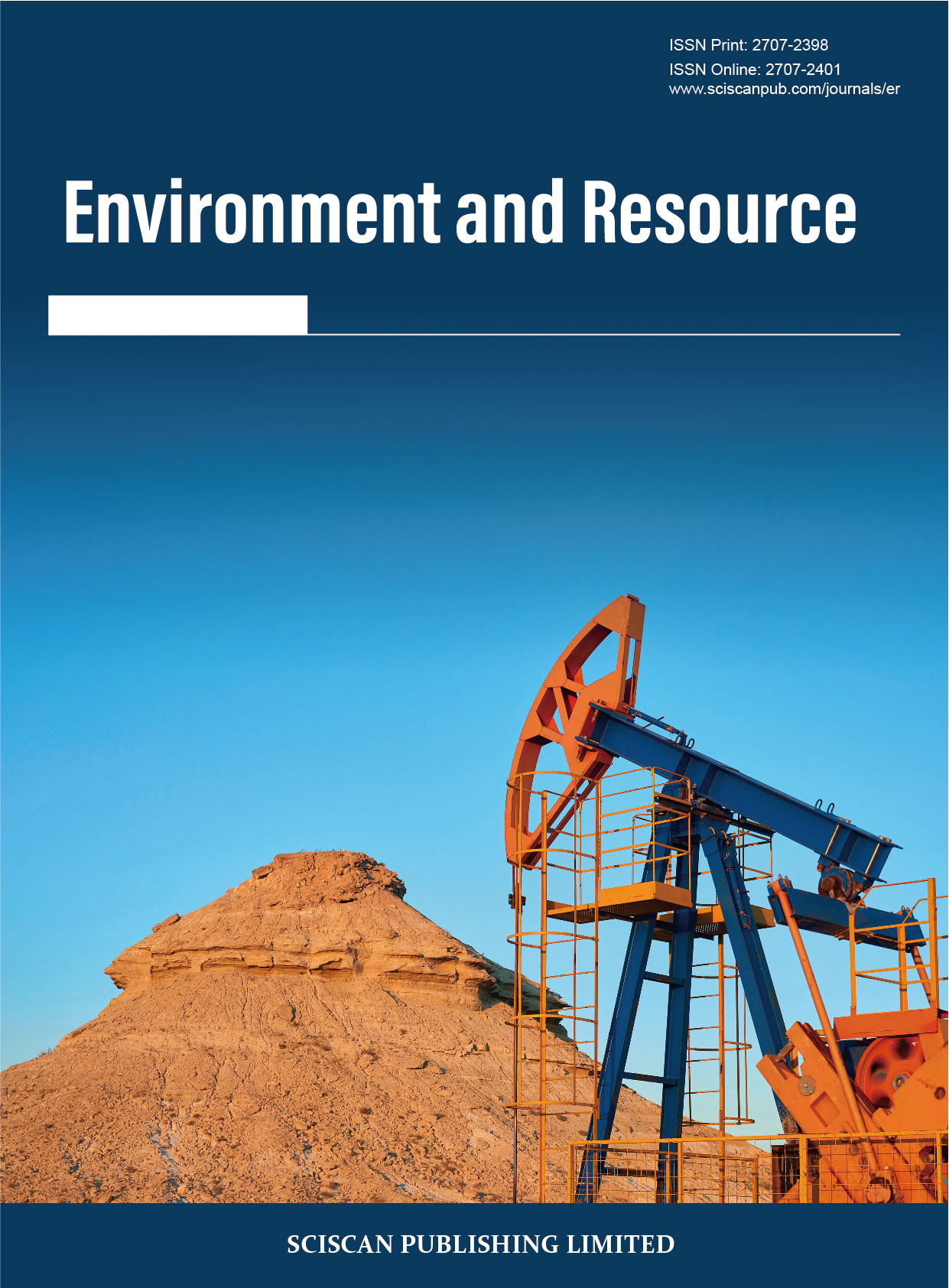Environment and Resource
ISSN Print:2707-2398
ISSN Online:2707-2401
Contact Editorial Office
Subscribe to the latest published information from SCISCAN
基于问卷调查和主观满意度的中国绿色建筑室内热环境评价
Evaluation of Indoor Thermal Environment of Chinese Green Buildings Based on Questionnaire Survey and Subjective Satisfaction
- Authors: 肖祝融¹* 李宝瑜² 周冬冬³
-
Information:
1.中国人民解放军某部,北京; 2.中国人民解放军 96901 部队,北京; 3.中国人民解放军 63677 部队,洛阳
-
Keywords:
Green Building; Thermal comfort; Subjective satisfaction; Regression analysis; Relevant codes绿色建筑; 热舒适性; 主观满意度; 回归分析; 相关规范
- Abstract: Due to the energy crisis and global warming, green buildings are booming in China, and people are paying more and more attention to the actual operating effects of green buildings, not just design. This article takes hot summer areas and warm winter areas as research objects to evaluate its indoor thermal comfort. First, the indoor objective thermal environment data of green buildings is continuously collected to obtain the actual thermal environment distribution, and new indicators are proposed to evaluate the indoor thermal environment of green buildings, namely satisfaction factor. It was found that the indoor temperature and humidity of most buildings were substandard. The new evaluation index clearly shows in mathematical form the percentage of indoor temperature and humidity of each green building away from the comfort zone under different standards for easy comparison. Secondly, people's subjective satisfaction survey on indoor thermal comfort of green buildings was also conducted, and 1,000 valid survey forms were recovered. Based on the different evaluation results of subjective and objective thermal comfort, the comfortable temperature / humidity and thermal / humid comfort zones of different building climate zones were obtained through analysis. The results show that there are differences between the hot and humid comfort zones in different building climate zones, which is helpful to study the thermal comfort of green buildings in China and to formulate relevant codes. 由于能源危机和全球气候变暖的现象,绿色建筑在中国正在蓬勃发展, 人们越来越关注绿色建筑的实际运行效果,而不仅仅是设计。本文以炎热的夏 季地区和温暖的冬季地区为研究对象,以评估其室内热舒适性。首先,对绿色 建筑的室内客观热环境数据进行连续收集,以获得实际的热环境分布,并提出了新的指标来评估绿色建筑的室内热环境,即满意因子。结果发现,大多数建 筑物的室内温度和湿度均未达到标准。新的评估指标以数学形式清楚地显示了 不同标准下每个绿色建筑远离舒适区的室内温度和湿度的百分比,便于比较。 其次,同时进行了人们对绿色建筑室内热舒适性的主观满意度调查表,回收了 1000 份有效调查表。基于主观和客观热舒适度的不同评估结果,通过分析获得 了不同建筑气候区的舒适温度 / 湿度和热 / 湿舒适区。结果表明,不同建筑气 候带的热湿舒适区之间存在差异,这有助于研究我国绿色建筑的热舒适性,并 制定相关规范。
- DOI: https://doi.org/10.35534/er.0201003
-
Cite:
肖祝融,李宝瑜,周冬冬.基于问卷调查和主观满意度的中国绿色建筑室内热环境评价[J].环境与资源,2020,2(1):14-22.
















